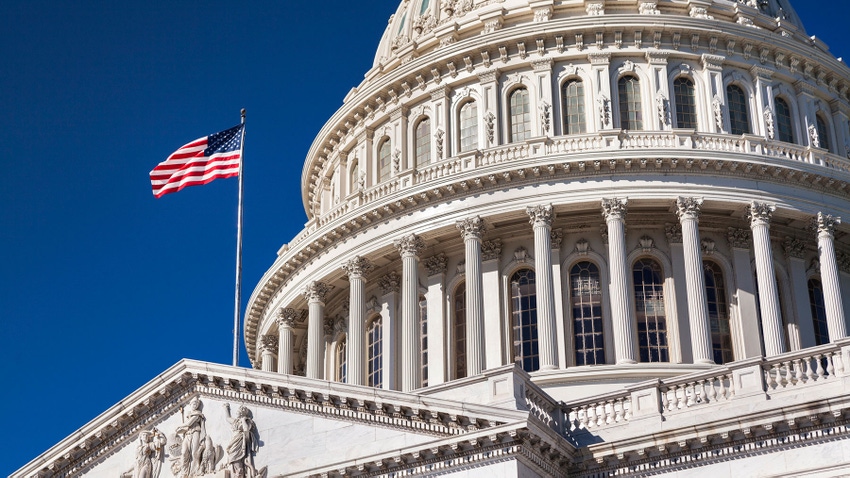
On Nov. 16, 2023, the United States Congress approved a one-year extension for the 2018 Farm Bill. Status quo remains for another year, however, there is an exception for 2024 Effective Reference Price (ERP) calculations.
An escalator clause in the current farm bill allows for an increase in reference prices given current market conditions, with an official list of prices released by the USDA Farm Service Agency (FSA), the first week of January 2024. Both corn and soybean see an increase.
This comes as good news for farmers and provides a little added help as we wait for Congress to agree on the terms of the next farm bill.
On Dec. 6, Will Maples, assistant professor of agricultural economics at Mississippi State University, gave an update on the current farm bill situation and what we can expect as we roll into 2024.
2018 Farm Bill extension
Maples discussed several factors associated with the one-year farm bill extension, including a stall in progress due issues with government spending and appropriations proposals.
“As far as getting a farm bill done, everything in D.C. right now is stalled because of the appropriations fights,” Maples said. “That put a hiccup in progress this past fall. Until they get the appropriations issues and the budget figured out, you are not going to have a farm bill anytime soon.”
Maples said Congress has until April to agree on appropriations priorities.
“If they do not agree on something by April, there is a 1% cut across the board that will go into effect for all government agencies,” he said.
Ideally, a new farm bill would be enacted by July 2024, according to the political calendar, but Maples foresees this as a tall task – especially with a looming budget disagreement within the farm bill.
This disagreement stems from the Inflation Reduction Act passed last spring that pumped $8 billion into conservation programs. Going forward with the new farm bill, Republicans would like to see some of that money disbursed to other parts of the farm bill, including Title 1 funding. Democrats, on the other hand, want to keep the entire allocation in conservation.
Another factor comes with the U.S. House of Representatives having the narrowest margin in history, at 220 Republicans and 213 Democrats.
Maples said, “Whatever farm bill goes through the House is going to have to be a bipartisan bill. I wish I could say I was optimistic that we will have a new farm bill this spring, but more than likely it may get kicked for another one-year extension to let the new Congress handle after next fall’s election.”
PLC reference prices increase in 2024
While we forge forward with the 2018 Farm Bill in place, there is one notable change in Price Loss Coverage (PLC) reference prices due to an escalator clause allowing adjustments based on given market conditions.
To determine this increase, a 5-year Olympic average is calculated for the market year average price. In this case, for each commodity, the annual average market prices were considered for the years 2018/19 through 2022/23.
The highest and lowest prices are removed from the equation, calculating an average of the remaining prices. If 85% of that Olympic average calculation is above the current statutory reference price, then the reference price for that commodity can increase.
The official 2024 ERP calculations were released the first week of January. Commodities that will see an ERP increase include corn, up 31 cents at $4.01 and soybean, up 86 cents at $9.26. Seed cotton and wheat, however, will remain the same at $0.37 and $5.50 respectively.
Maples said to expect similar increases for Agriculture Risk Coverage (ARC) benchmark prices as well.
For help with PLC and ARC decisions, Mississippi farmers can access the 2024 ARC and PLC Decision Tool along with other budget planning aids on the Mississippi State University Department of Agricultural Economics webpage.
Farmers in other states are encouraged to reach out to their land-grant institutions for state specific resources and decision aids.
About the Author(s)
You May Also Like






